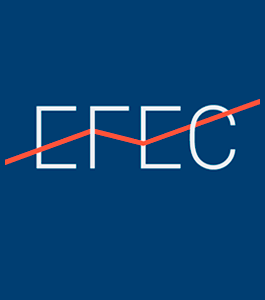20/10/2016
Más de 300.000 niños están tomando clases sobre dinero por primera vez
por Chris Weller
Pam Whalley and her husband were enjoying a night out at Applebee’s not too long ago when she noticed a group of high school students having an odd conversation.
Listening closer, she couldn’t believe the things they were saying.
“I heard one of them say, ‘No, it’s true. If you save $2,000 a year from the time you are 23 until you’re 35, you will have more money at 65 than if you start saving $2,000 a year from 35 to 65,’” Whalley now recalls. “I was shocked.”
Only a month into the school year, and already kids were broaching the subject of compound interest.
As the director of the Economics Education Center at Western Washington University, Whalley has spent the last month working with teachers to implement Washington’s first-ever financial literacy standards in K-12 classrooms.
From now on, kids in public schools statewide will learn about stocks, bonds, credit scores, budgets, debt, and countless other economic principles that were once up to parents to convey.
Only five other states have mandates requiring schools to teach kids about money, including Alabama, Missouri, Tennessee, Utah, and Virginia. Many others have loose policies in place for economics education, while some have none at all.
Washington’s new standards translate to more than 300,000 kids learning how to be smart about money for the first time.
According to Whalley, the lessons will vary by grade level…
Si quieres seguir leyendo el artículo, accede a:
(…) Lee el artículo completo en Business Insider -http://www.businessinsider.com//-


